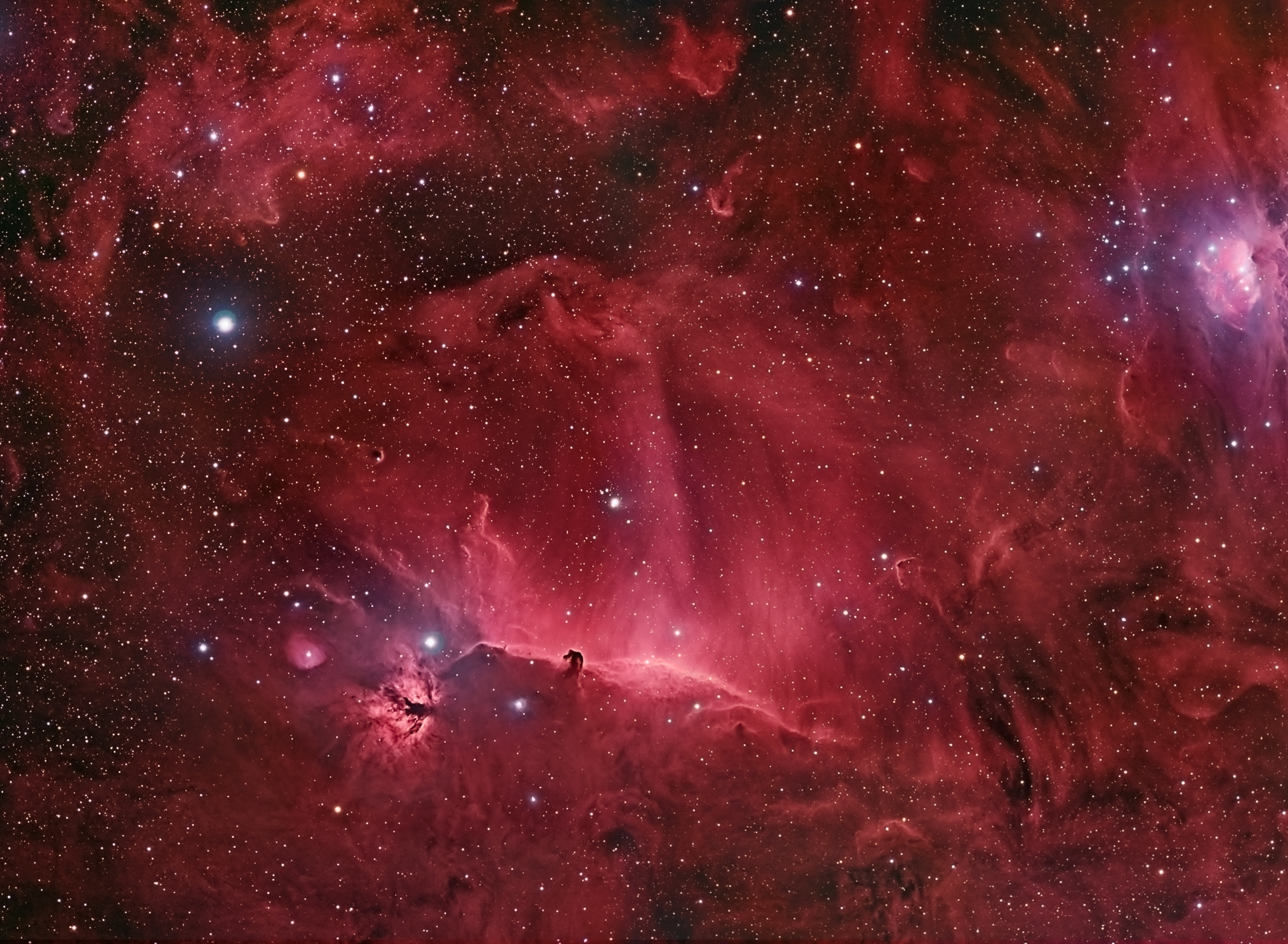Solstice is a special moment, driven by the Earth's tilt with respect to its orbit around the Sun. The 23 degree tilt of Earth's axis brings about considerable change in the length of time the Sun is above the horizon, and obviously that affects weather, and affects how people live, in particular in northern latitudes. Solstice marks the seasonal shift from lengthening days to shortening days. June 21st marks the moment this year when that happens.
 Super Moons are a popular thing now, and this too marks a special moment, a transition in the Moon's orbit around the Earth when the Moon reaches the closest point on its elliptical path, and appears larger in the sky. Along with the somewhat larger size in the sky comes an increased impact on tides, and groups such as the California King Tides Initiative have worked to raise awareness of global warming by measuring the impact of high tides on coastal communities. This month's Super Moon occurs on the night of Saturday June 22nd to the morning of Sunday June 23nd, when the Moon reaches perigee (closest approach to Earth) within a few minutes of the moment of Full Moon.
Super Moons are a popular thing now, and this too marks a special moment, a transition in the Moon's orbit around the Earth when the Moon reaches the closest point on its elliptical path, and appears larger in the sky. Along with the somewhat larger size in the sky comes an increased impact on tides, and groups such as the California King Tides Initiative have worked to raise awareness of global warming by measuring the impact of high tides on coastal communities. This month's Super Moon occurs on the night of Saturday June 22nd to the morning of Sunday June 23nd, when the Moon reaches perigee (closest approach to Earth) within a few minutes of the moment of Full Moon.The heavens are full of moving objects, from the planets in the Solar System, to asteroids and comets, and even galaxies and stars. All of this motion creates patterns and alignments that are beautiful to behold. And the transitions between key alignments make for interesting moments to ponder our place in the universe.











